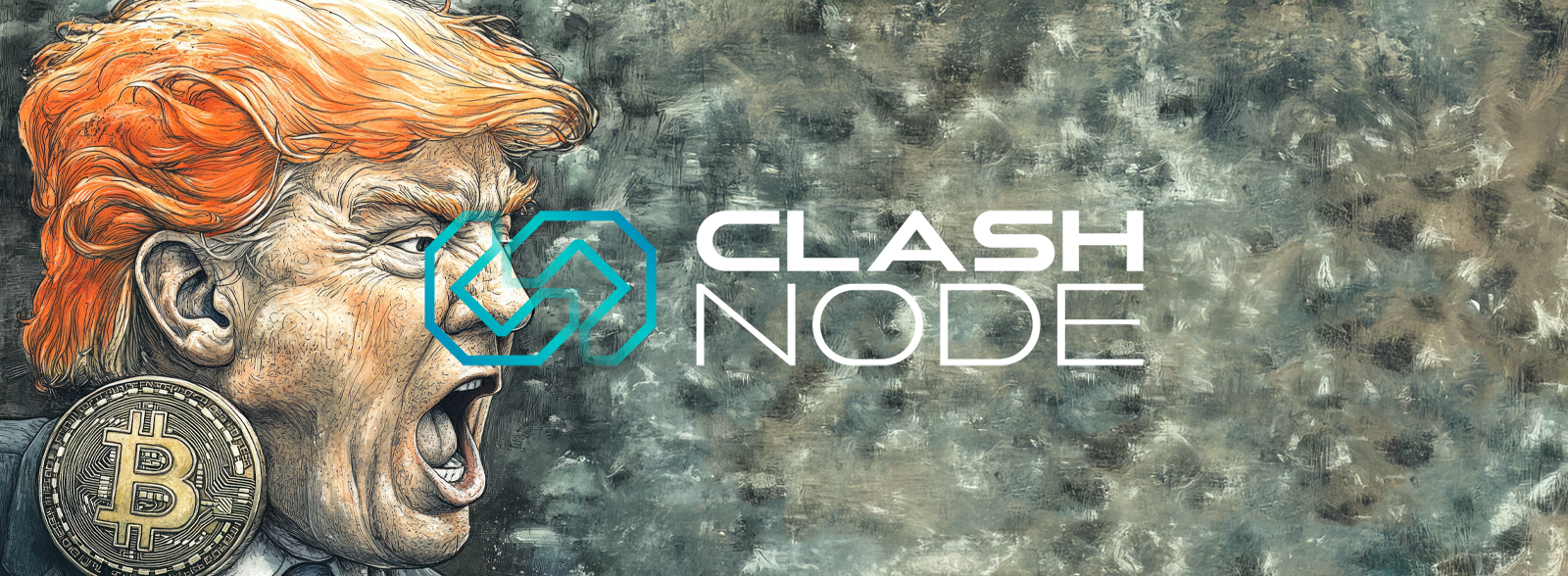In a significant move for the cryptocurrency industry, U.S. President Donald Trump has signed an executive order aimed at addressing banking challenges faced by Web3 companies and establishing clearer regulations for digital assets. Notably, the order excludes the Federal Reserve and the Federal Deposit Insurance Corporation (FDIC) from participating in the newly formed digital asset working group.
Key Highlights of the Executive Order:
- Formation of a Digital Asset Working Group: The order establishes a task force dedicated to promoting U.S. leadership in the cryptocurrency sector and evaluating the creation of a strategic national digital assets stockpile.
- Exclusion of Key Regulatory Bodies: By omitting the Federal Reserve and the FDIC from the working group, the order signals a shift in the regulatory approach to cryptocurrencies. Caitlin Long, founder and CEO of Custodia Bank, noted that both agencies had previously attempted to undermine the industry through debanking efforts.
During the Biden administration, several cryptocurrency firms were denied access to banking services in what some insiders described as an orchestrated effort dubbed “Operation Chokepoint 2.0.” Over 30 technology and crypto founders were reportedly “secretly debanked” during this period.
The exclusion of the Federal Reserve from the working group also implies that future U.S. stablecoin legislation will fall outside the central bank’s jurisdiction. Long suggested that Scott Bessent, Trump’s nominee for Treasury Secretary, will take the lead in this area.
In a related development, the Securities and Exchange Commission (SEC) has revoked Staff Accounting Bulletin 121 (SAB 121), a rule that required financial institutions to record cryptocurrencies held on behalf of clients as liabilities on their balance sheets. The new bulletin, SAB 122, reverses this guidance, potentially making it easier for U.S. banks to offer digital asset custody services.
These actions represent a significant shift in the U.S. government’s approach to cryptocurrency regulation, potentially fostering a more favorable environment for the industry’s growth.













